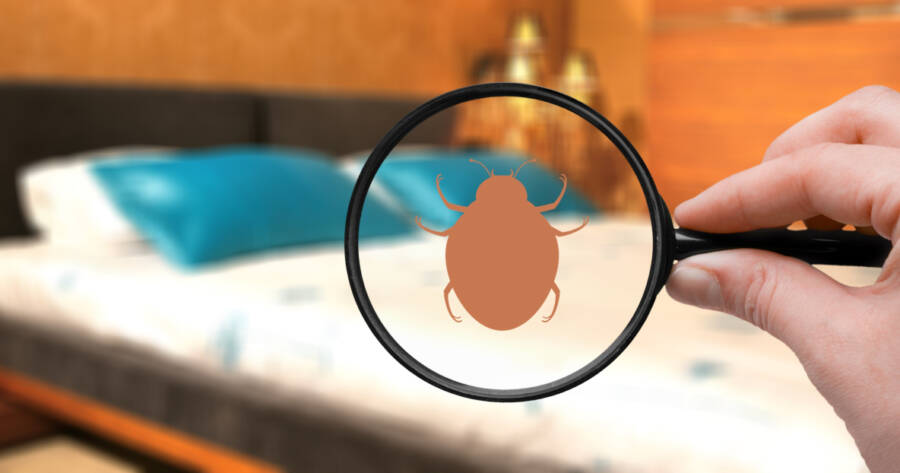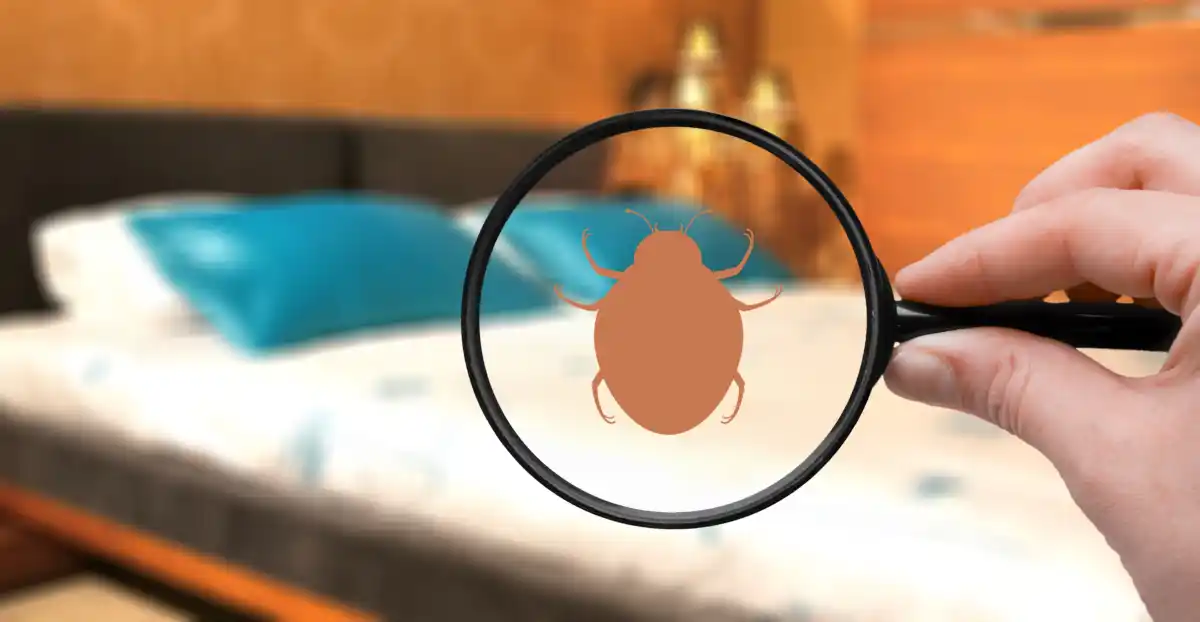As a homeowner, there are few phrases that strike fear into your heart quite like “bed bugs.” These tiny, resilient insects can quickly turn your peaceful abode into a nightmare if not identified early. They’re stealthy, hard to eradicate, and reproduce at an alarming rate. But there’s good news! By recognizing the early signs of a bed bug infestation, you can maintain a healthy, comfortable, and bug-free home. Excited to learn more? Start an online search right now to discover how to spot these pesky critters before they take over.
The Unwanted House Guests: Why Bed Bugs are Dangerous
Bed bugs might be small, but they can pack a punch. While they don’t transmit diseases, their bites can lead to a host of unpleasant symptoms. Allergic reactions are common, including intense itching and hives. In some cases, these reactions can be severe, requiring medical attention.
What’s more, the constant discomfort and knowledge that your home is infested can lead to psychological distress, such as anxiety and insomnia. This, in turn, can further exacerbate health issues, as lack of sleep is linked to a weakened immune system and other health complications. Moreover, constant scratching of bites can lead to secondary skin infections.
Spotting the Hidden Enemy: Early Signs of Bed Bugs
To keep your home free from these troublesome insects, early detection is crucial. Here’s what to look out for:
1. Unexplained Bites
One of the first signs of bed bugs is often mysterious bites. These appear as small, red, itchy welts on the skin. They tend to occur in lines or clusters and are typically found on body parts exposed during sleep, like the arms, neck, and face.
2. Tiny Blood Spots on Bedding
After a late-night snack (of your blood, no less), bed bugs can leave behind tiny rust-colored spots on your sheets or pillowcases. These are either spots of dried blood or bed bug excrement.
3. Unpleasant Odor
A strong, musty smell can be an indicator of a bed bug infestation. This odor is emitted from the bugs’ scent glands and is often likened to the smell of coriander. If you notice a new, persistent, and unexplained smell in your home, bed bugs could be the culprits.
4. Evidence in Usual and Unusual Places
Bed bugs are sneaky, hiding in places beyond your bed. They can set up camp in cracks and crevices, behind wallpaper, in furniture, or even in electrical outlets. Shed skins or tiny, cream-colored eggs in these areas can indicate their presence.
5. Bed Bug Casings and Eggs
As bed bugs grow, they shed their skin—leaving behind casings. Finding these tiny, light-brown casings can be a clear sign of an infestation. Additionally, bed bug eggs, which are about 1mm long and pearly white, may be found in tucked-away areas.
6. Active Bugs
Though they are good at hiding, sometimes you may actually spot a bed bug. They are small, flat, and brown, roughly the size of an apple seed. If crushed, they can leave a red or brown stain.
The Race Against Time: Acting Fast When Bed Bugs are Discovered
When bed bugs invade your home, quick action is critical. These tiny pests reproduce rapidly and can spread throughout your home, making the infestation harder to handle. Here’s why acting fast is vital:
- Rapid Reproduction: A single female bed bug can lay up to 500 eggs in her lifetime, with eggs hatching in about a week.
- Spread Easily: Bed bugs aren’t limited to your bed. They can spread to other parts of your home, your workplace, or even public places like hotels.
- Health Risks Escalate: As the number of bed bugs increases, so do the potential health risks, including skin infections and allergic reactions.
- Higher Eradication Costs: The larger the infestation, the more challenging and expensive it becomes to eradicate.
Remember, time is of the essence in the fight against bed bugs. So act fast, stay informed, and keep your home healthy and comfortable.
Be On The Lookout
Bed bugs aren’t just a nuisance; they can pose significant health risks and disrupt the peace of your home. By recognizing and understanding the early signs of bed bugs, you can ensure a healthier, bug-free living environment. The key is early detection: look for unexplained bites, tiny blood spots on bedding, a strong, unpleasant odor, and signs of their presence in both expected and unexpected places.
Remember, your best defense is staying informed and vigilant. There’s so much more to learn about bed bugs, their habits, their hideouts, and their indicators. The more knowledge you have, the better equipped you’ll be to protect your home from an infestation.









